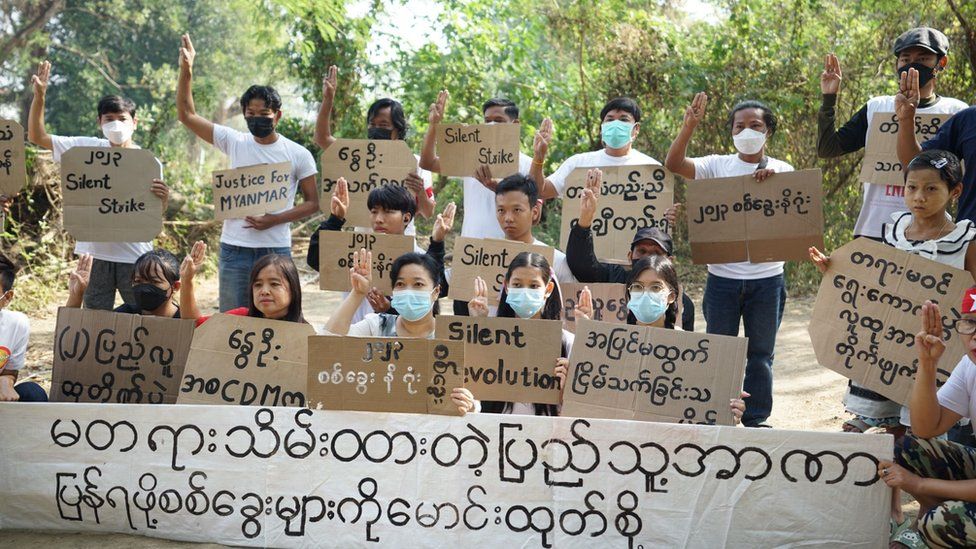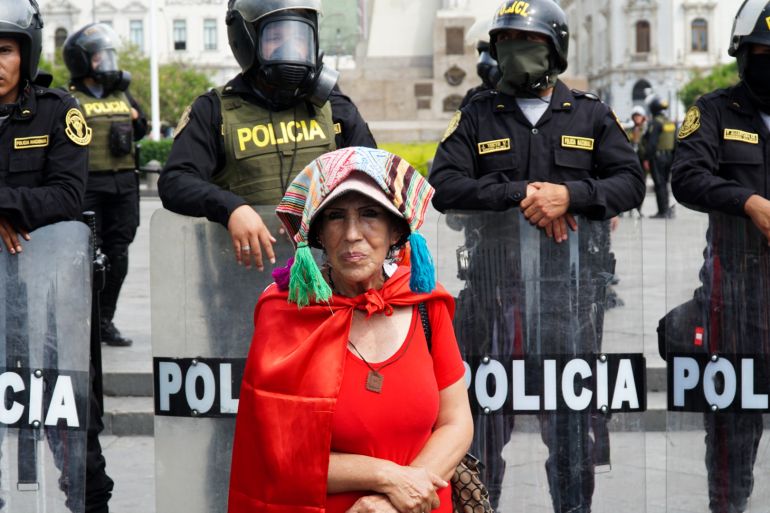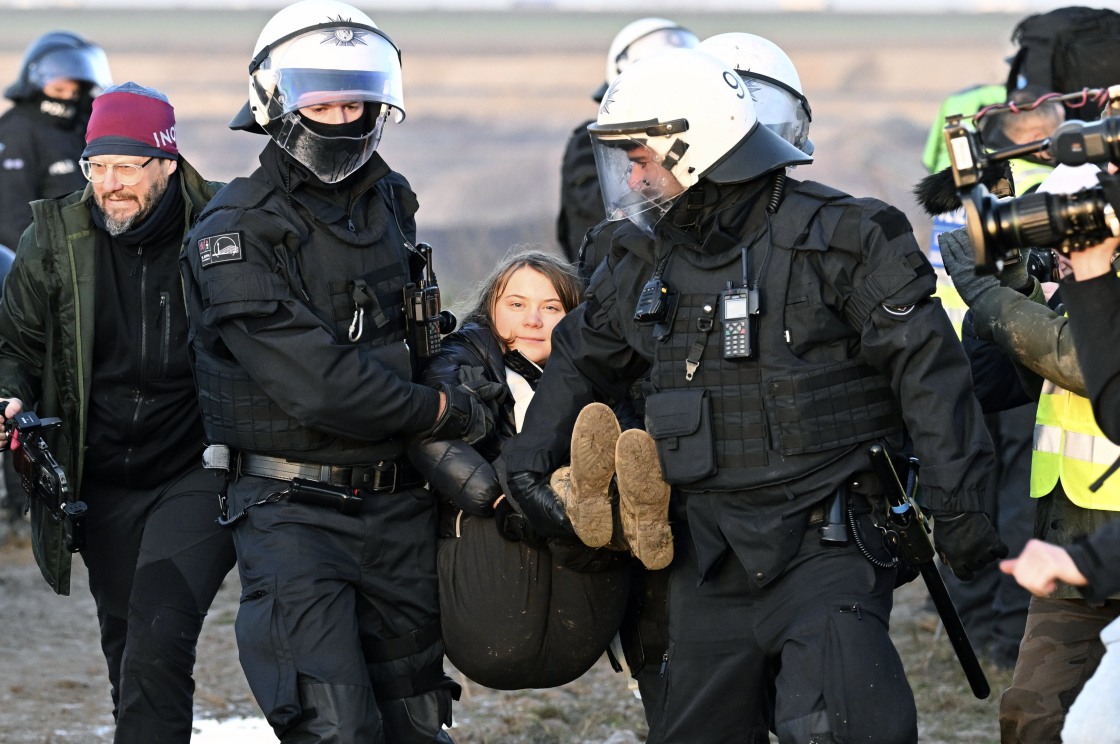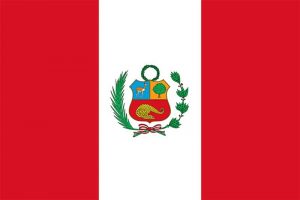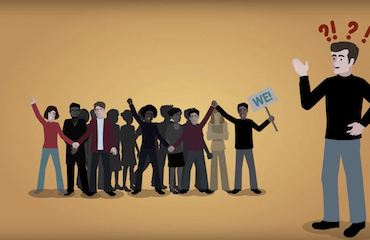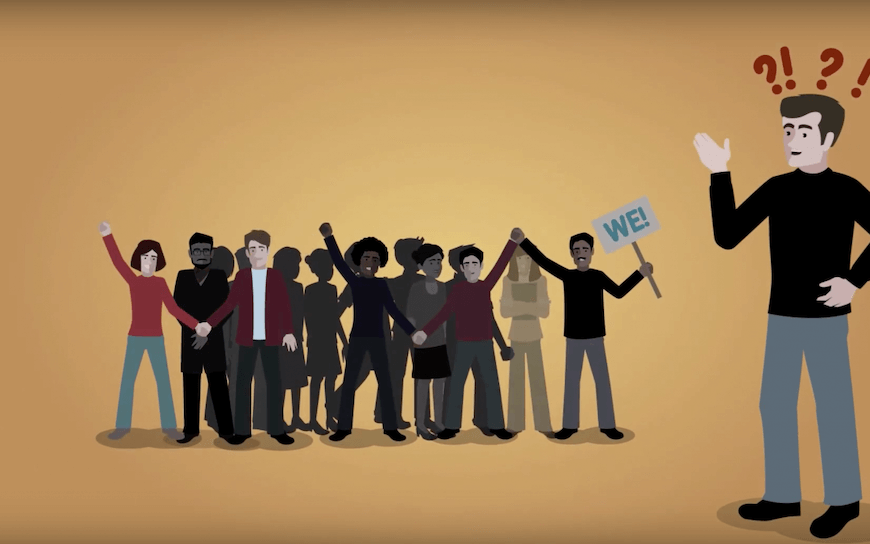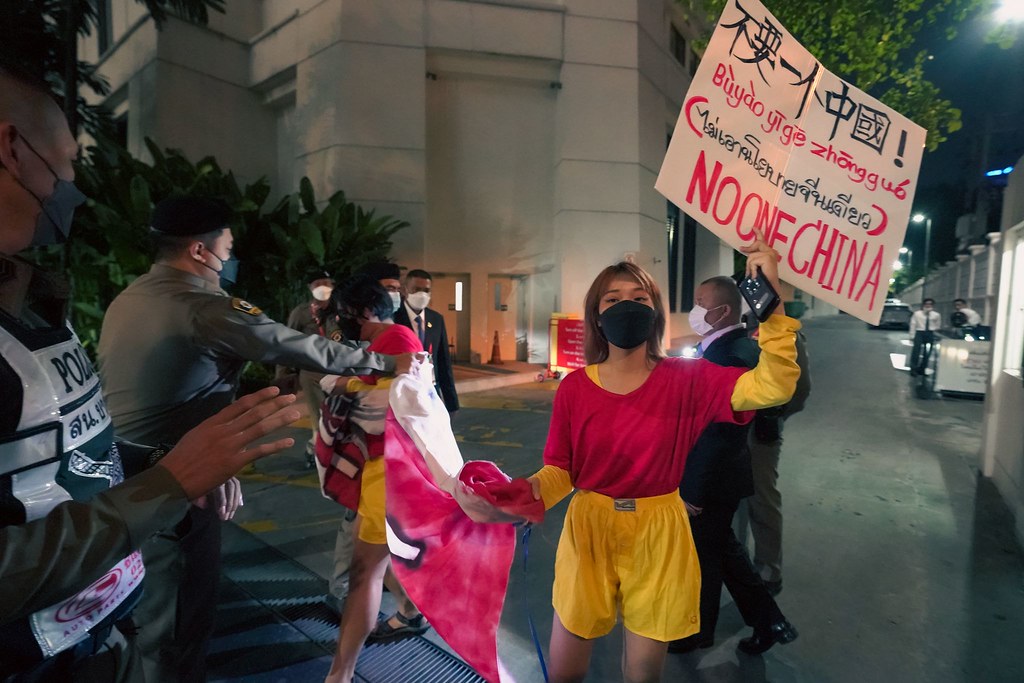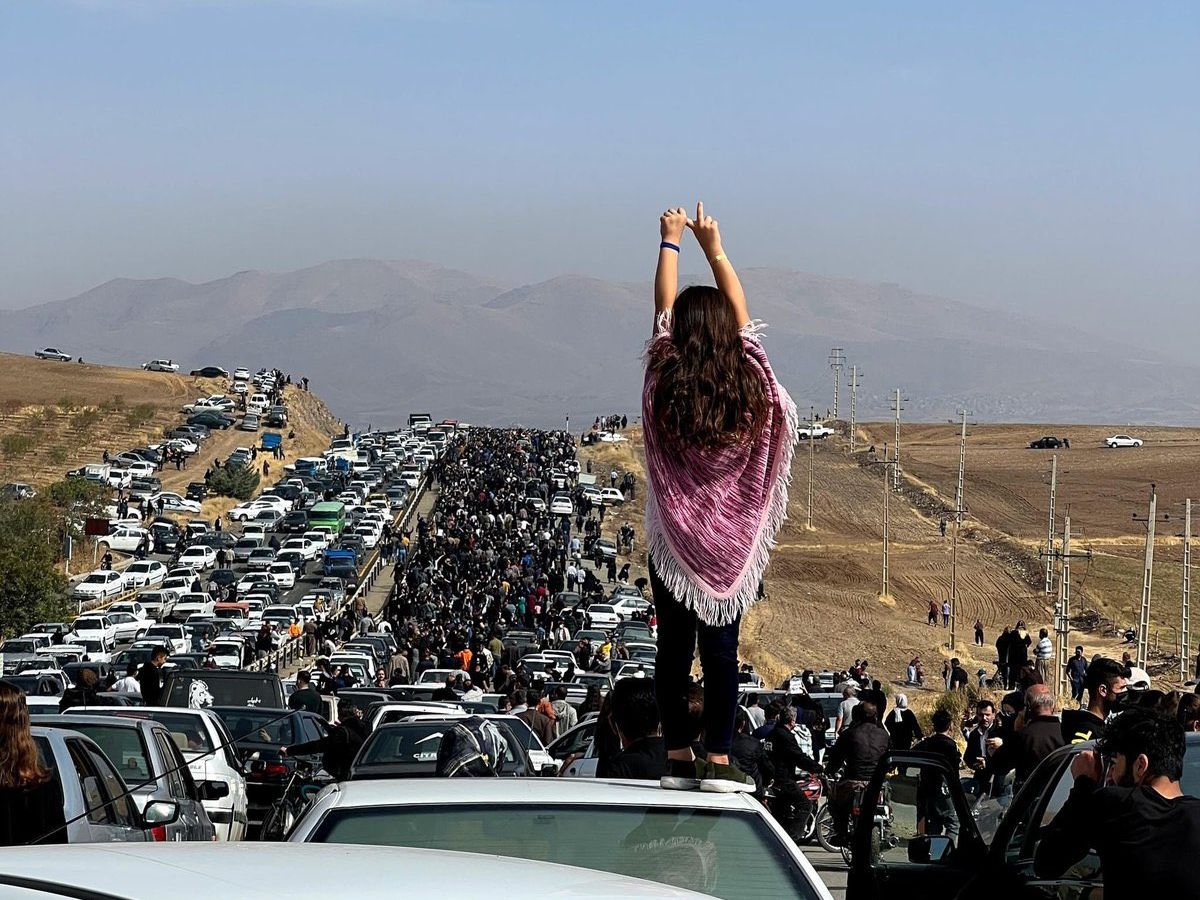Dear Friends,
CANVAS is delighted to bring you another issue of our weekly report!
Conflict Update:
Last week, U.S. President Joe Biden joined German Chancellor Olaf Scholz in sending a total of 45 tanks to Ukrainian forces. However this week, Kyiv officials renewed urgent calls for air support, in the form of F-16 fighter jets, from Western allies. Biden and Scholz have ruled out sending F-16s to Ukraine, in fear of further escalating tensions so quickly after transferring tanks to Ukraine. But on Monday, French President Emmanuel Macron said that his government was considering sending the warplanes, saying, “nothing is excluded” from their possible donations. A senior advisor to President Volodymyr Zelenskyy also suggested that Poland and Baltic states could supply the fighter jets. The talk of F-16s to Kyiv could be divisive for Western allies, an issue that the countries have been largely united on over the past year.
On Sunday, a demonstrator was killed in Lima during clashes between police and protestors requesting President Dina Boluarte to resign. A total of 58 people have died, including one police officer, since protests began in early December after then-President Pedro Castillo was impeached and later arrested. The following day, President Boluarte made a renewed call for Congress to hold early elections as a way to end the deadly protests, warning that otherwise, she would seek constitutional reform to force the vote. A group of Democrats in the U.S. House of Representatives also urged the Biden administration to suspend aid to Peru until the government conceded to the demonstrators’ demands. The Peruvian Congress ultimately agreed to reconsider a proposal to move the 2026 national elections up to this October, which will need to be approved in a popular referendum.
Last week, nine Palestinians were killed in an Israeli military raid in Jenin, West Bank, the deadliest in years. Two days after, a Palestinian gunman opened fire outside an East Jerusalem synagogue killing seven people, the deadliest attack on Israelis in years, and a 13-year-old Palestinian boy shot and wounded two more Israelis the following day. Prime Minister Benjamin Netanyahu promised, “a swift response” from his administration, and the violence escalated with Israeli forces killing another Palestinian man in Hebron. On Monday, U.S. Secretary of State Antony Blinken arrived in Jerusalem to meet with leaders and made speeches urging Israelis and Palestinians to ease tensions and reaffirm America’s vision for a two-state solution.
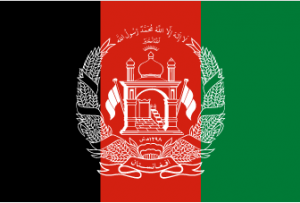
Afghanistan:
The U.S. State Department has announced new visa restrictions on current and former Taliban members that are believed to be involved in the repression of women’s rights in Afghanistan. Theses measures come after the Taliban’s recent edicts banning women from attending universities and from working in NGOs. Secretary Blinken stated, “the Taliban cannot expect the respect and support of the international community until they respect the human rights and fundamental freedoms of all Afghans, including women and girls.” Meanwhile, after the suicide bombing in Pakistan this week, the Taliban’s foreign minister, Amir Khan Muttaqi, urged Pakistan’s government to do a serious investigation into the bombing and not blame Afghanistan the violence.
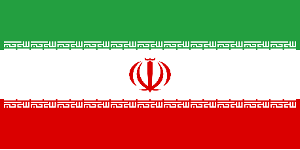
Iran:
Last Friday, a gunman attacked the Azerbaijan Embassy in Iran killing its security chief and wounding two other guards. Azerbaijan’s president, Ilham Aliyev branded the attack against the diplomatic mission a “terrorist act.” Two days later, officials from Azerbaijan announced that they would be evacuating embassy staff and family members. Iranian authorities have said they believe that the attacker acted out of personal, rather than political, motives.
On Sunday, Iranian authorities announced that bomb-carrying drones had targeted an Iranian military defense factory in Isfahan overnight. Later on, United States officials announced it appeared that Israel was behind the strike. Iranian Foreign Minister Hossein Amir-Abdollahian claimed the drone attacks were meant to create “insecurity” in Iran and called them “cowardly”. Days later, French naval forces also seized thousands of assault rifles, machine guns, and anti-tank missiles headed from Iran to Yemen.
An Iranian couple has been given jail sentences of more than 10 years after they posted of video of them dancing in front of the Azadi Tower. The couple was charged with promoting corruption, prostitution, and propaganda and have been banned from posting on social media and leaving the country for two years. The video was seen as an act of defiance as women are not allowed to dance in public and the woman, Astiyazh Haghighi, was not wearing a headscarf.

Iraq:
On Wednesday, January 31st, eight rockets were fired on the territory it Nineveh province of northern Iraq, aiming at the Turkish military base. The Iranian-backed paramilitary force, called The Islamic Resistance Ahrar al-Iraq Brigade is claimed to be responsible for the attack, which could be a response to the Turkish presence in this region of Iraq. While the Turkish government stated such attacks come from time to time and that in this incident no one was wounded and there was no material damage, an Iraqi security source informed that one Iraqi contractor in the base had been wounded. For now, there are no prospects for this situation’s escalation, however, the continuation of such events might be problematic as the government of Iraq is already condemning the illegal presence of the Turkish Military on its territory.
During the opening of the Iraq Energy Exhibition that occurred this Sunday, the Iraqi Minister of Electricity Ziyad Ali Fadel informed the audience that gas supplies from Iran are completely stopped due to maintenance works in the gas pipeline inside Iran. Fadel said Iraq is determined to solve electricity issues by expanding its partnership with international companies and with the US to enable the implementation of new projects during 2023, with the intention of ending gas imports from Iran. However, Iraq’s international cooperation does not seem to end there, as Iraqi President, Abdul Latif Rashid announced that Iraq will further its efforts to end the issue of Internally Displaced People (IDP) through coordination with international agencies that would eventually come to viable and long-term solutions.
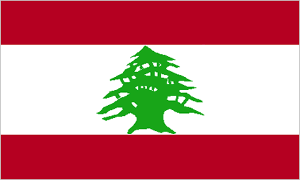
Lebanon:
The financial crisis in Lebanon worsened this week as the government devalued exchange rates, weakening the Lebanese currency by 90%. As a result, banks have atrophied and many Lebanese have been locked out of access to bank services and their finances. Currently, the most popular form of payment is cash, and many money-exchange businesses are booming. Meanwhile, in the investigation of the 2020 Beirut port explosion, 40 members of parliament supported Judge Bitar’s investigation and charges against political elites for their responsibility in the blast. Judge Bitar had recently reignited the stalled investigation but was in turn accused and charged of mishandling the investigation by top public prosecutor Ghassan Oueidat.
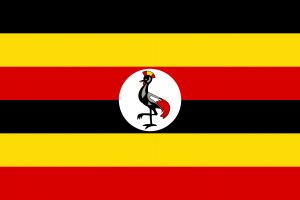
Uganda:
After terminating a deal with the China Harbour and Engineering Company, the Ugandan government plans on asking the Turkish construction firm Yapi Merkezi to secure financing for a $2.2 billion rail network to the Kenyan port in Mombasa. According to Perez Wamburu, an official from the Ministry of Works and Transport, the government wants Yapi Merkezi to do the majority of the work in securing funding from credit lenders. Uganda hopes to use the future rail connection to lower the costs of transporting its exports to nearby shipping ports.
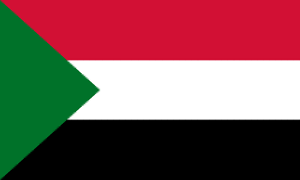
Sudan:
A Sudanese man, Abdelraouf Abuzeid, facing the death penalty in connection to the killing of an American diplomat in 2008 has been released. Abuzeid and a group of assailants were found guilty of killing John Granville and a Sudanese colleague who both worked for the U.S. Agency for International Development. Abuzeid’s brother claims that he was released by Sudan’s high court after a multi-million dollar settlement was reached between Sudan and victims of attacks including the one that killed Granville. The U.S. State Department responded with “deep concern” about the decision and said the claim that the release was agreed upon by the United States Government was inaccurate. The U.S. State Department has also decided to retain Abuzeid’s name on its Specially Designated Global Terrorist list.
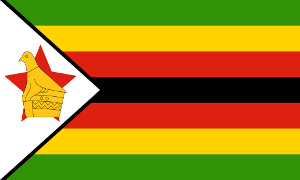
Zimbabwe:
A court in Zimbabwe granted bail to 26 opposition party members who were arrested for, what authorities claimed to be, an illegal gathering. The arrest of the members from Citizens Coalition for Change (CCC), including two Members of Parliament, intensified concerns of a crackdown on opposition politicians ahead of a crucial election this year. CCC members claim the court granting them bail confirms that the arrest was an abuse of power and shows the regime’s fear that they are losing their grip on power. In January, the CCC party members were teargassed and arrested for a gathering in Harare after a wave of politically motivated violence against opposition supporters in rural Zimbabwe.
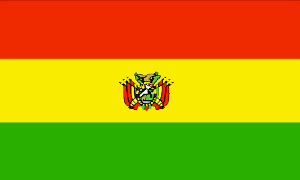
Bolivia:
Bolivians across the country joined in a “national assembly” held by right-leaning opposition supporters to discuss whether to restart protests over the detention of Santa Cruz Governor Luis Camacho. Initial protests started in December with roadblocks in the agricultural and economically vital region of Santa Cruz. Protesters seek to challenge the left-leaning government’s arrest of Camacho and other political prisoners. Meanwhile, the U.S. in response released a travel advisory warning in Bolivia citing that, “demonstrations, strikes, and roadblocks can occur at any time in Bolivia.”
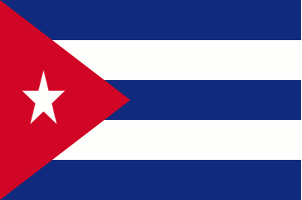
Cuba:
According to data published by Missing Migrants Project, at least 321 migrants died or disappeared in 2022 while attempting to migrate to another country, with 30 percent of the 321 migrants having been confirmed as deceased. 103 of the migrants were from Cuba, which is a 68 percent increase from the 61 Cuban migrants who were deemed missing or dead in 2021.
In January, United States President Joe Biden announced a new executive order that modifies the U.S. asylum policy for four countries, including Cuba. In order to qualify, Cubans will have to pass a lengthy application process, including background checks, the possession of a valid passport, being able to pay for their own airfare, and having an American sponsor with legal status who will support them financially once they arrive. International organizations are worried that Cubans will be subjected to more adverse migration conditions, such as waiting for long periods in dangerous regions of Mexico or traveling to Florida on rafts in perilous conditions.
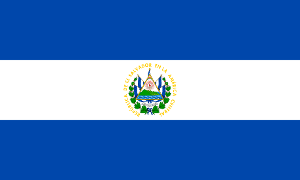
Nicaragua:
Authorities in Nicaragua arrested 24 people after an alleged attack on an indigenous community during a land dispute. This was the first large-scale arrest for the attack on indigenous people in the Miskito and Mayangna region. Activists claim that President Ortega’s administration has not done enough to address the problems facing communities in these areas. Environmentalist Amaru Ruiz, director of the Del Río Foundation stated, “we have to be extremely cautious,” about these arrests. He added, “they have detained these kind of people before and later let them go.” Meanwhile, Transparency International has reported that Nicaragua has ranked low on the corruption index (higher corruption) due to political repression, human rights abuses, and suppressed freedom of speech. Recently, a judge sentenced two French women to eight years in prison. The women, relatives of an exiled opposition leader, have been accused of conspiracy which has become a common charge against political opponents of President Ortega’s administration.

The United States:
The White House issued a statement on Monday informing that the health emergency that had begun in 2020 with the COVID-19 outbreak will end on May 11. The federal response to COVID will be formally restructured and thus some changes will be introduced in terms of dealing with the COVID virus. The development of COVID vaccines will be shifted from direct federal management to private markets. Prices of vaccines will increase, for example, Pfizer one will be $130, and hospitals will no longer receive extra payments for COVID treatments they provide.
In the field of technology, the United States is working on complete on the sale of U.S. technology to China, and towards this end, the U.S. government has stopped providing licenses to several American firms to export their technology to Huawei. This decision comes after the estimation that Huawei became a threat to U.S. national security as it allegedly helps China engage in the espionage of U.S. technology. In the same vein, Mike Gallagher, Republican Chair of the House of Representatives Select Committee on China is also determined to ban the use of TikTok within the US borders. This Chinese social network poses another security threat to the States because the data security of users is not ensured and there is a concern that user data would get into Chinese government possession. The White House decided to remain restrained from commenting on the TikTok ban.
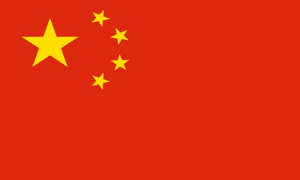
China:
The Chinese government declared that the country’s surge in COVID cases has declined through January, with fever clinic visits and hospitalization rates have dropped 95 percent and 85 percent respectively. The World Health Organization responded to the news with caution, stating that another surge following the Lunar New Year is possible and that a lack of state transparency makes tracking new variants difficult. The announcement comes after a Peking University report found that at least 900 million people in China have been infected with COVID. There have been more than 60,000 COVID-related deaths in the country since December and there could be incredibly high fatality rates in more rural regions. Chinese industry was also hit hard because of its pandemic-era restriction policies; profits for the country’s industrial firms fell 4 percent in 2022, equalling a loss of 8.4 trillion yuan.
The Chinese provincial government of Sichuan announced that its unmarried residents are now allowed to have children and removed caps on child limits. The new measures will be in place for five years in a province where citizens aged 60 years or older make up 21 percent of the population and are part of a larger set of measures to boost China’s birthrate following its first population decline in sixty years.
China announced that it would resume issuing visas for Japanese citizens following a three-week pause as a protest to Japan’s tightening of COVID restrictions for Chinese visitors. Relations between the two countries remain tense, as showcased by the Chinese coast guard driving away Japanese vessels in the East China Sea near islets claimed by both governments.

Hong Kong:
Journalists in Hong Kong have faced difficulties reporting since the 2020 national security law cracked down on free speech and media outlets. In 2022, Hong Kong dropped 70 places in a year to the 148th spot in the Reporters without Borders press freedom index. Since the 2020 law was enacted, two popular pro-democracy media outlets Apple Daily and Stand News were closed. The founder of Apple Daily, Jimmy Lai, is awaiting trial in September for charges of sedition and “colluding with foreign forces,” if charged he could face life in prison. Recently, a Hong Kong journalist, Jane Poon, started an abroad-based online news outlet called The Points, which reports news stories about Hong Kong and its diaspora.
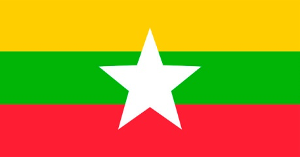
Myanmar:
Activists and human rights groups have said that Myanmar’s military is increasing its use of airstrikes, in an attempt to suppress a determined opposition. The military’s air force has been reliant on its allies Russia and China for fighter jets and helicopter gunships to carry out its violent oppression. Some estimates put the death toll in 2022 at more than 20,000, including civilians and fighters. Some activists see the military’s use of air strikes as evidence that it is losing ground in the conflict and they remain optimistic in the face of the deadly attacks.
Myanmar’s military junta announced harder requirements for parties to enter elections. The requirements include a significant increase in their membership threshold and bars parties and candidates deemed to have links to individuals and organizations “designated as committing terror acts” or seen as “unlawful”. The law is intended to make it more difficult for opposition groups to launch serious challenges to the military in a general election.
Western allies imposed new sanctions against Myanmar’s military including measures against its air force in light of recent air strikes. The sanctions were announced to mark the two year anniversary of the 2021 February coup when Myanmar’s military ousted the democratically elected administration. Pro-democracy activists in the country held a “silent strike” to mark the anniversary. As a result of the strike, images circulated on social media showed empty streets in Myanmar’s major cities as activists can not safely protest the military’s regime. The same day, the junta extended the country’s state of emergency for another six months, delaying elections and elongating the regime’s oppression.
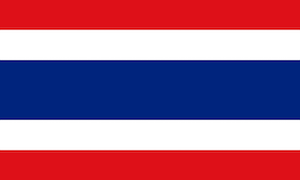
Thailand:
On the occasion of the upcoming May elections in Thailand, eight political activists met with Thailand’s biggest opposition party, Pheu Thai, on Tuesday to discuss the abolition of Article 112 of Thai law. Activists demand that Pheu Thai revoke Article 112 which criminalizes insults if the country’s monarchy. They claim that this law is too strict as it enables up to 15 years of imprisonment per royal insult. Article 112 became a central topic of discussion among Thai youth both on social media and at public gatherings and protests. This matter opened doors for more discussion on very strict lèse-majesté laws, where the public is generally polarized. After the meeting with activists Pheu Thai’s secretary general Prasert Jantararuangtong encouraged public discussion to address existing problems in short term. Activists raised the issue as an election matter as the palace remains salient on this topic and the ultra-royalist party Thai Pakdee aims to make this law even stricter.
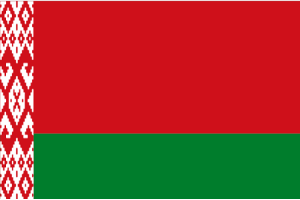
Belarus:
A group of European Union ambassadors met to potentially extend new sanctions to Belarus due to their role in the ongoing war between Russia and Ukraine. The EU aims to penalize the Belarusian government for allowing companies to route products into Russia that are banned due to existing sanctions. Proposals currently include restrictions on importing Belarusian oil, coal, gold, and military technology.
Amid a diplomatic trip to Zimbabwe, Belarusian President Alexander Lukashenko stated that Belarus is willing to offer more assistance to Russia in its conflict against Ukraine, though followed up by saying that Russia does not currently need any help. Lukashenko was not specific in what new support Belarus would provide; this comes after the completion of military training with Russian forces in which the Belarusian military was given control of Russian-supplied Iskander mobile-guided missile systems. Belarus also signed several agreements with Zimbabwe, including a $66 million farm mechanization program, signaling a continuance of the two countries’ close relations and history of agricultural cooperation. These agreements come after the two countries signed several trade deals valued at $350 million earlier in January.
